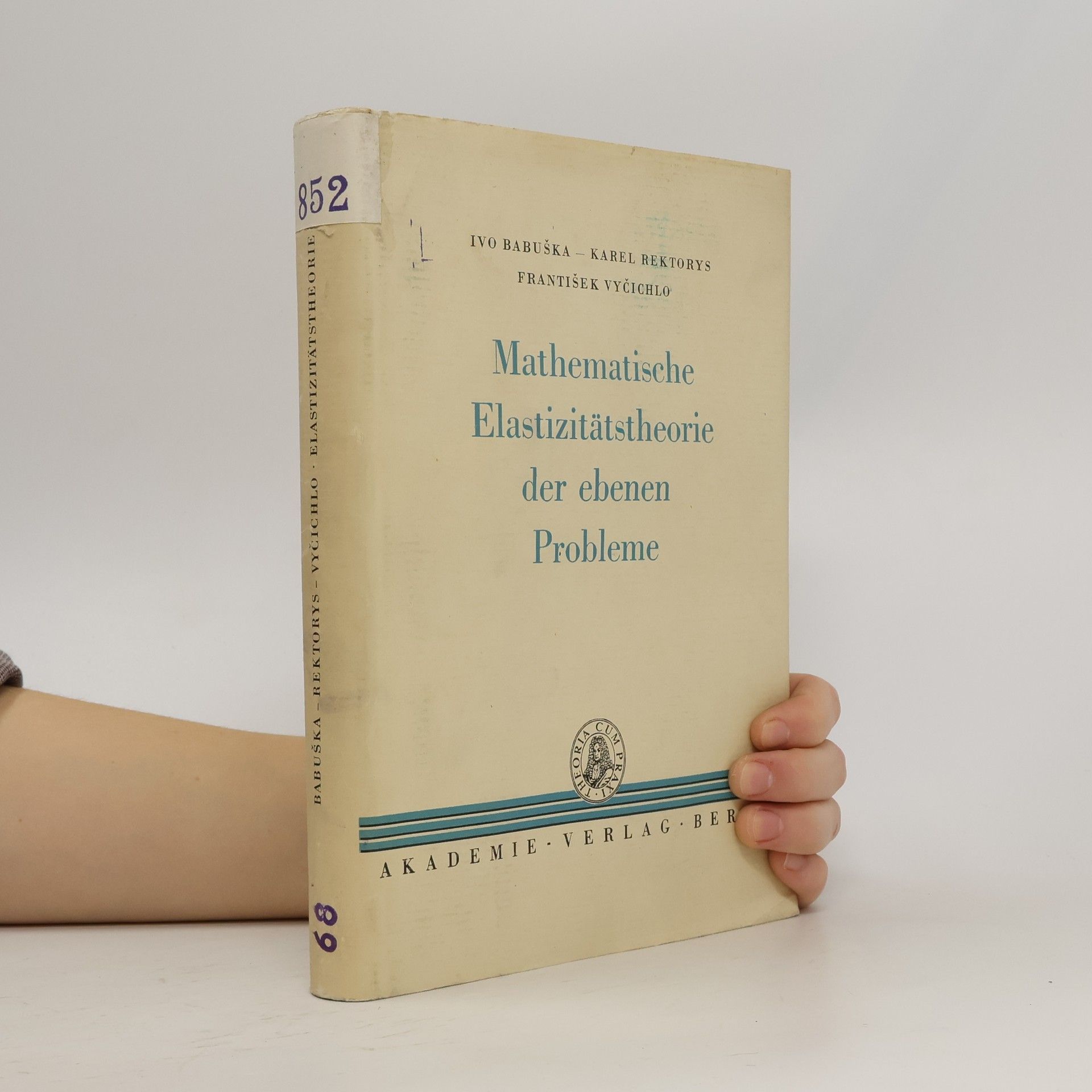Ivo Babuška Boeken


V knize jsou uvedeny některé nejdůležitejší numerické metody pro řešení počátečníc a okrajových úloh pro obyčejné diferenciální rovnice a základní typy parciálnych diferenciálních rovnic.


V knize jsou uvedeny některé nejdůležitejší numerické metody pro řešení počátečníc a okrajových úloh pro obyčejné diferenciální rovnice a základní typy parciálnych diferenciálních rovnic.